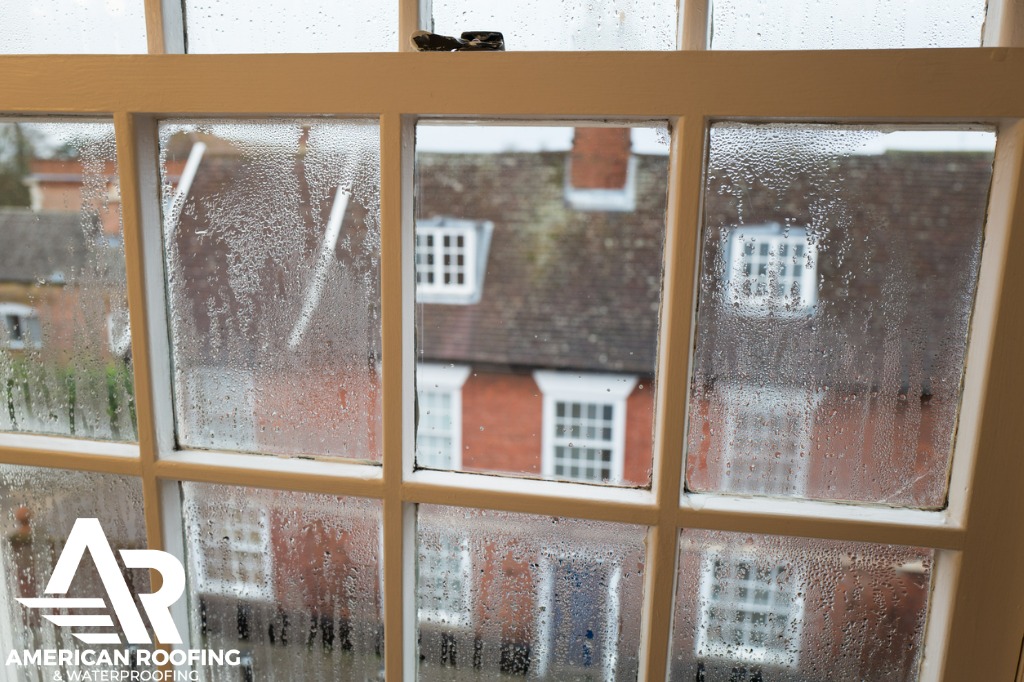The phrase, ‘when it rains it pours’ was probably coined during one of Arizona’s wild monsoon storms ages ago. Not only does the Valley of the Sun experience torrential downpours, but it also encounters extremely strong gusts of wind, thunder and lightning throughout the summer months. Typically, July through September is when Arizonans will see the most rain, flooding and damage to their homes. However, there are some common reasons for roof leaks to occur during monsoon season that homeowners should be on the lookout for.
One of the biggest problems with massive downpours of rain is that it could pool on top of flat roofs and saturate shingles or tiles. When this occurs, moisture will seep into the roof and begin to rot it, which will eventually cause leaks and even mold. Not only will this ruin your roof but rotting wood can cause problems with ceilings and walls as it spreads.
Aside from rain, the next weather-related issue that comes with monsoon storms are high winds. In fact, if you’ve lived in Arizona long enough, you’ve likely witnessed patio furniture, pool toys and more take flight with a solid gust of wind. If the high winds are strong enough to move a table across the yard, imagine what can do to tiles on a roof. The force of the wind can cause the roofing material, whether it be tiles, shingles, etc. to lift or come off entirely. Once this happens, flying debris, rain, hail, and other harmful materials may wreak havoc on your already damaged roof. Nearby tree branches that come into contact with your roof during a storm can continually wear on roofing material, as well, or even puncture holes in the roof allowing moisture and other materials to pass through.
The third culprit of an Arizona monsoon storm is rare, but it does happen and that’s hail. As rare as it may be, hail packs a mean punch as it can range in size and intensity. Some hailstorms have the power to crack windshields, damage trees, and cause serious complications for your roof. Depending on the type of roofing material being used, hail could even crack or puncture holes on the outside of your roof. Also, just like rain, when accompanied by strong monsoon winds, hail can become quite the destructive force.
The final component of a good monsoon storm is a lot of dust, sometimes known as a haboob. The blowing wall of dirt and debris can make its way onto your roof and gutters causing additional problems, especially for roofs that have already been compromised from prior storms. If roof tiles were already loose or missing, dirt and debris from a dust storm can settle into the cracks and add to the damage.
Unfortunately, when it comes to monsoon season, there’s not much that can be done to prevent roof damage from occurring over time. The best tip for homeowners in Arizona is to stay vigilant when dealing with your roof and take note of missing or loose tiles immediately to prevent further problems from striking, including costly leaks. Annual roof inspections are also recommended, along with remembering to trim trees ahead of monsoon season. Between the Arizona heat, UV rays and unpredictable monsoon seasons, your roof is sure to take a beating, but with proper awareness and maintenance it can last for decades without needing to be replaced or giving you too many problems.



